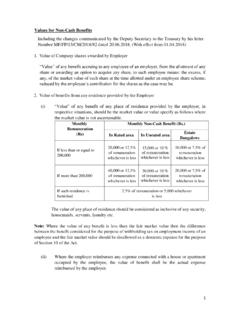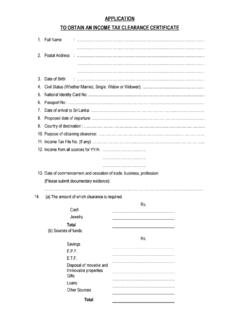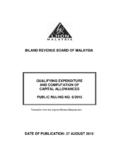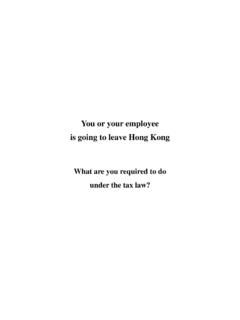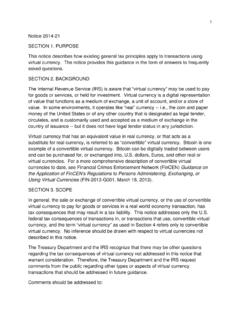Transcription of INSTRUCTIONS TO EMPLOYERS ON TAX …
1 1 INSTRUCTIONS TO EMPLOYERS ON TAX DEDUCTIONS FROM EMPLOYMENT INCOME YEAR OF ASSESSMENT 2018/2019 This guideline provides EMPLOYERS with necessary INSTRUCTIONS to enable them to make deduction of tax from employment income in accordance with the provisions set out in the Inland Revenue Act, No. 24 of 2017, with effect from April 01, 2018. Withholding by EMPLOYERS Every Employer is required to deduct income tax from the gains and profits from employment of each employee, liable to pay income tax at the time such remuneration is paid or credited. 1. Employee An employee means any individual who receives remuneration in cash or kind for past, present or prospective employment performs by such individual, including public sector employee, a Director/Chairman of a Company or Corporation and a working partner of a partnership.
2 2. Profits from employment liable to tax Tax liability arises on total remuneration received by an employee in any form as described below in cash or kind, for services performed or value of any benefit arises from prospective employment. Salary, wages, leave pay, overtime pay, fees, pensions, commissions, gratuities, bonuses, and other similar payments; Personal allowance, including any cost of living, subsistence, rent, entertainment or travel allowance; Payments providing discharge or reimbursement of expenses incurred by the employee or an associate of the employee; Payments for an individual's agreement to conditions of employment; Payments for redundancy or loss or termination of employment; Retirement contribution made to a retirement fund on behalf of the employee and retirement payment received in respect of the employment.
3 Payments or transfers to another person for the benefit of the employee or an associate person of the employee; The fair market value of benefits received or derived by virtue of the employment by the employee or an associate person of the employee; Other payments, including gifts, received in respect of the employment; The market value of shares, at the time allotted, under an employee share scheme, including shares allotted as a result of the exercise of an option or right to acquire the shares, excluding the employee s contribution for such shares; 2 3. Excluded profits from employment Exempt amounts and final withholding payments; A discharge or reimbursement of expenses incurred by the individual on behalf of the employer; A discharge or reimbursement of an individual's dental, medical or health insurance expenses where the benefit is available to all full-time employees on equal terms; Payments made to or benefits accruing to employees on a non-discriminatory basis that, by reason of their size, type and frequency, are unreasonable or administratively impracticable for the employer to account for, or to allocate to the individual.
4 The value of a right or option to acquire shares at the time such shares are granted to an employee under an employee share scheme; Contributions made by an employer to an employee s account with a pension, provident or savings fund approved by the Commissioner-General. 4. Exempt profits from employment Compensation or gratuity paid in lieu of personal injuries or death; Pension received from the Sri Lankan Government or from a Department of the Government; Amounts paid on retirement from any Provident Fund approved by the Commissioner General of Inland Revenue; Amounts paid on retirement from any Pension Fund or the Employees Trust Fund, representing investment income earned for any period commencing on or after 1 April 1987; Income derived by an individual entitled to privileges under the Diplomatic Immunities Law and other specified conventions.
5 Benefits derived by a Government employee, from a road vehicle permit granted to such employee. 5. Aggregate Reliefs for Employment Income In arriving at the taxable income from employment income following reliefs are available for resident individual for each year of assessment. Personal relief of Rs. 500,000 Relief of Rs. 700,000 up to the total of income from employment Accordingly, any resident individual who receives remuneration in excess of Rs. 1,200,000 per annum or Rs. 100,000 per month liable to withholding tax from employment income. 3 6. Tax Tables for tax deductions from employment income New Tax tables are applicable for the year of assessment 2018/2019 onwards (effective from April 01, 2018.)
6 Deduction of tax from remuneration should be made by applying the appropriate tax table. How to apply Tax Tables An employer who makes a payment during a year of assessment to an employee, in respect of that employee s employment, the employer must withhold an amount from such payment in accordance with (a) where the payment constitutes regular profits from the employment, of any employee who has furnished a Primary Employment Declaration, Tax Table 01 should be applied. (b) where the payment constitutes a Lump-sum payment, Tax Table 02 should be applied. (c) where the payment constitutes a Once-and-for-all payment (Terminal Benefits), Tax Table 03 should be applied.
7 (d) where the payment received by the non-citizens in Sri Lanka, Tax Table 04 should be applied. (e) where the monthly regular profits of an employee from a primary employment is less than LKR 100,000 but the cumulative profits from the primary employment up to any month in the year of assessment exceeds LKR 1,200,000 due to payment of higher remuneration in certain months, in such instances, Tax Table 05 should be applied. (f) where the payment constitutes a payment or reimbursement of the employee s tax liability on his income from employment by the employer, Tax Table 06 should be applied. (g) where the payment constitutes of the remuneration of any employee, who has not furnished a Primary Employment Declaration, or who has more than one employment, Tax Table 07 should be applied.
8 Tax Tables are available in the Inland Revenue Department Web Portal 7. Primary Employment The primary employment of an employee for a year of assessment is the employment with respect to which the employee has provided an employer with a declaration for that year. An employee shall furnish an employer, with a declaration nominating the employment as the employee s primary employment, where the monthly regular profits from such primary employment exceeds or deem to be exceed ,000 per month or Rs. 1,200,000 per year of Assessment. 4 A declaration must be signed and dated by the employee and the employer, and may relate to one or more years of assessment.
9 An employee must not have more than one primary employment at any one time. An employee may withdraw such declaration only at the end of a year of assessment, unless the primary employment is ceased. Note: - Please use the specified form of Primary Employment Declaration in the Inland Revenue Department Web Portal 8. Consecutive Primary Employment The employee has another employment after the primary employment has ceased, the employee must provide the employer of the other employment with, a new declaration and the withholding tax certificate issued with respect to the prior primary employment. The new primary employer, who is provided with a withholding tax certificate, must return the certificate to the employee within 7 days.
10 The new primary employer must, for the purposes of calculating the tax to be withheld according to Tax Tables, from payments to be made to the employee during the remainder of the year of assessment add to the payments from the new primary employment for the year the payments from the employee s prior primary employment referred to in the withholding tax certificate; and add to tax considered to be withheld by the new primary employer during the year from payments made to the employee the amount of tax referred to in the withholding tax certificate as withheld by the employee s prior primary employer. The Employee ceases two or more primary employments during a year of assessment, the employee may provide the new employer with multiple withholding tax certificates.
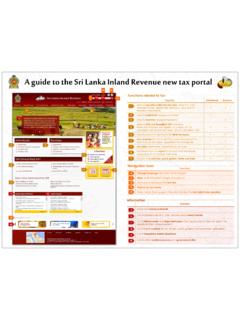
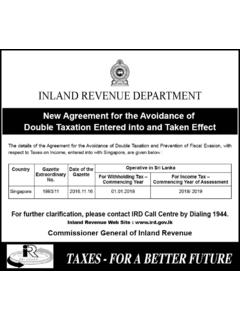
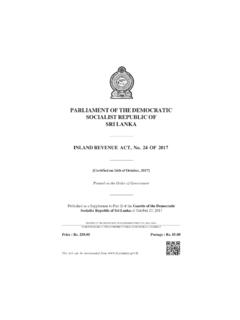
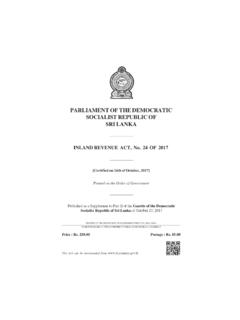
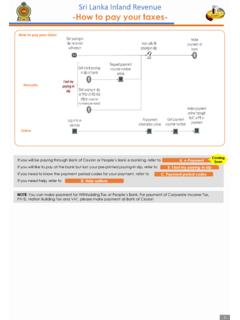

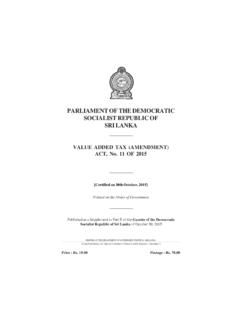
![[Incorporating Amendments up to 30 April 2015] - …](/cache/preview/0/7/7/c/4/2/f/2/thumb-077c42f2547e408658e6b29ba337704b.jpg)
